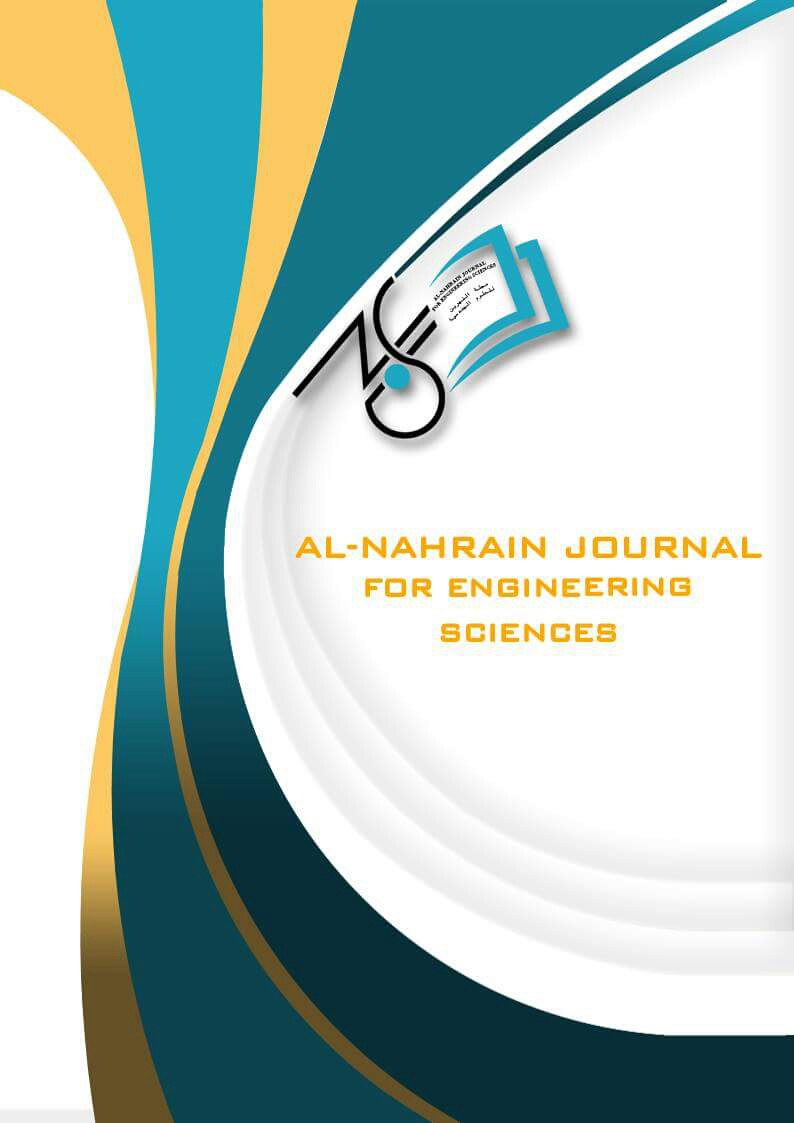Hydrodynamics of Stirred Tank and Bubble Breakup Behavior Induced by Rushton Turbine
DOI:
https://doi.org/10.29194/NJES.25010035Keywords:
Stirred tank, Rushton turbine, CFD, Bubble breakup, Breakup timeAbstract
The hydrodynamics of stirred tanks and bubble breakup are crucial in gas-liquid flows, yet this system has not been well characterized for different operating conditions. In this work, the numerical method was used to investigate the hydrodynamics of six- flat blades impeller (Rushton turbine) and the results were employed to understand the bubble breakup behavior in the stirred tank. Simulation results of predicted flow pattern, power number, and the distribution of turbulence energy generated were performed with COMSOL Multiphysics. Numerical results showed good agreement with the experimental literature. The effect of rotational speed on bubble breakup behavior, such as breakage probability, the average number of daughter bubbles, and the breakage time was investigated using the high-speed imaging method. The main finding is that the breakage process occurs in the high energy area of high turbulence intensity, which is located within a distance equal to the blade width of a radius of (15-35 mm). The breakage probability (Bp) was found to be increased by 12.61 percent for a mother bubble of 4 mm at 340 rpm, with an average fragmentation of up to 22 fragments. Furthermore, the bubble breakage time was found to decrease with increasing impeller rotational speed, with an average value of 19.8 ms.
Downloads
Downloads
Published
Issue
Section
License
Copyright (c) 2022 Al-Nahrain Journal for Engineering Sciences

This work is licensed under a Creative Commons Attribution-NonCommercial 4.0 International License.
The authors retain the copyright of their manuscript by submitting the work to this journal, and all open access articles are distributed under the terms of the Creative Commons Attribution-NonCommercial 4.0 International (CC-BY-NC 4.0), which permits use for any non-commercial purpose, distribution, and reproduction in any medium, provided that the original work is properly cited.














